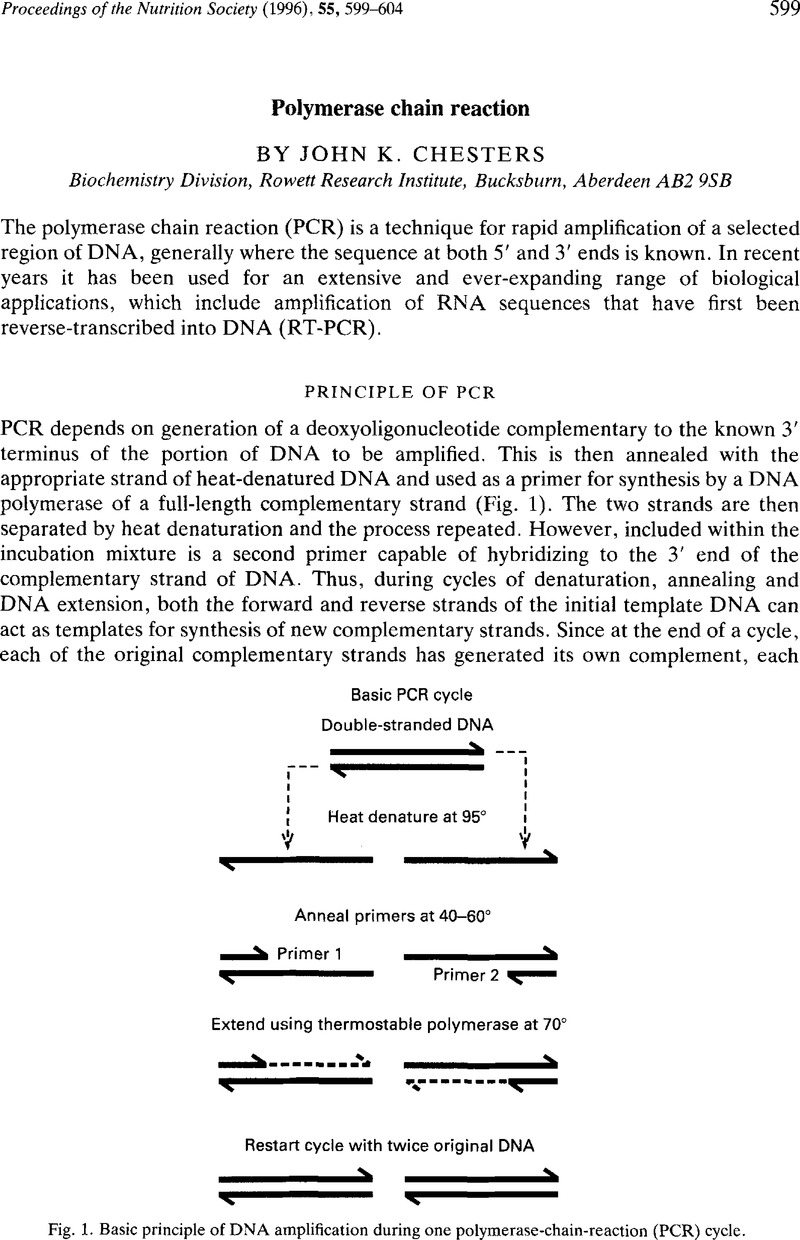Crossref Citations
This article has been cited by the following publications. This list is generated based on data provided by Crossref.
Hesketh, John E.
and
Partridge, Kristine
1996.
Gene cloning: Studies of nutritional regulation of gene expression.
Proceedings of the Nutrition Society,
Vol. 55,
Issue. 1B,
p.
575.
Verkaik, N. S.
Schr�der, F. H.
and
Romijn, J. C.
1997.
Clinical usefulness of RT-PCR detection of hematogenous prostate cancer spread.
Urological Research,
Vol. 25,
Issue. 6,
p.
373.





